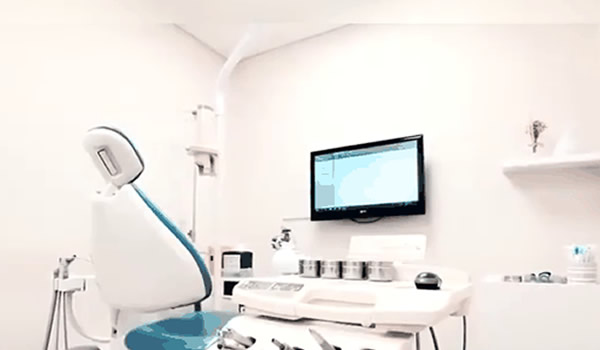Summary: explores the prevalence and management of stroke in the Asian and international context. It provides key insights on available treatment methods, public perception, prevention tips, and the future outlook of stroke care.
Introduction
Stroke is a leading cause of disability and death, not only in Asia but worldwide. With high prevalence and mortality rates, it's crucial to understand its management and potential prevention methods, thus improving the quality of life for those afflicted and supporting their families and communities.

Subheading 1: Understanding Stroke
Stroke occurs when the brain's blood supply is interrupted, causing brain cells to lack oxygen and die. There are two main types of stroke; ischemic strokes, caused by a blockage in blood vessels, and hemorrhagic strokes, resulting from blood vessel ruptures.
Subheading 2: Stroke Treatment Approaches
Stroke management aims to restore blood flow to the brain and minimize brain damage. Multiple treatment approaches are available, including clot-dissolving medicine for ischemic strokes, surgical interventions for hemorrhagic strokes, and rehabilitation therapies for all stroke survivors.
Subheading 3: Stroke's Lifestyle Impacts and Public Perception
Stroke can lead to long-term disabilities, affecting a patient's motor skills, speech, memory, and emotional well-being. Despite its severity, public awareness about stroke's risk factors and symptoms is still surprisingly low. Increasing stroke education and promoting healthy lifestyles are necessary to combat this issue.
Subheading 4: Preventing Stroke Through Clinical Research
Research suggests that up to 80% of strokes can be prevented by lifestyle modifications like exercising regularly, maintaining a healthy diet, controlling blood pressure, and avoiding harmful habits like smoking. As such, regular checkups and health screenings are integral to detect risk factors and prevent stroke.
Subheading 5: Future of Stroke Care
In the future, advances in technology and medicine promise to improve stroke care. Dynamically evolving treatments offer hope for improved survival rates. However, prevention remains the best approach, emphasizing the importance of public health initiatives and patient education.
FAQs
1. Can young people have a stroke?
Yes, stroke can happen at any age, though the risk increases with age.
2. What are the warning signs of a stroke?
Common warning signs include sudden numbness or weakness, especially on one side of the body, confusion, trouble speaking or seeing, and sudden severe headache.
3. How can I lower my chance of having a stroke?
Healthy lifestyle choices such as regular exercise, a healthy diet, reducing alcohol consumption, and quitting smoking can significantly lower stroke risk.
Editor's Note
Recognizing the early signs of stroke and seeking immediate medical help can greatly improve the outcome. Stay informed about your health and make lifestyle changes as needed. Remember, in the fight against stroke, prevention and knowledge are your most potent allies.
User Comments
Hall, Sophia: gave me clarity on something my doctor mentioned.
James Evans: I appreciate how the risks and treatments are clearly laid out.
Reed, Abigail: Finally found something reliable on this topic. Thank you!